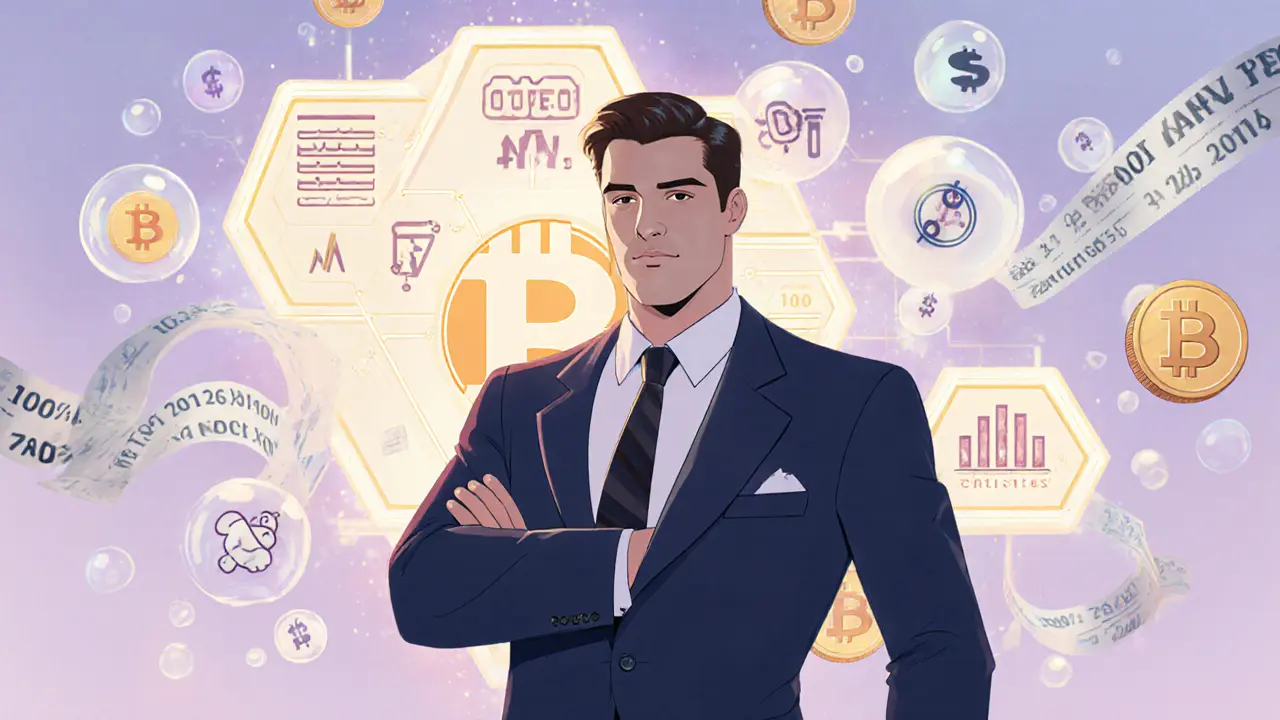Intrinsic Value Crypto: What It Really Means and Why It Matters
When people talk about intrinsic value crypto, the real, measurable worth of a cryptocurrency based on its utility, adoption, and underlying technology, not just market hype. Also known as fundamental value, it’s what separates projects that last from those that vanish when the hype dies. Most crypto coins don’t have it. They rise because someone tweeted about them, not because they solve a real problem. But a few do—and those are the ones that survive bull markets and bear markets alike.
Think of token utility, how a crypto asset is actually used within its ecosystem, like paying for services, earning rewards, or governing decisions. Stacks (STX) has it: you hold STX to earn Bitcoin, no middleman needed. SundaeSwap (SUNDAE) has it: the token lets you vote on upgrades and pay lower fees on Cardano’s first real DEX. Compare that to TROLL (SOL), which exists only because a meme went viral—zero utility, zero team, zero future. That’s not intrinsic value. That’s gambling with a blockchain label.
Then there’s blockchain asset value, how the underlying network’s security, adoption, and developer activity contribute to the coin’s long-term worth. Bitcoin’s value isn’t just from scarcity—it’s from 15 years of uptime, millions of users, and a hash rate that dwarfs every other network combined. That’s intrinsic. Meanwhile, dead coins like EDRCoin and Rivetz (RVT) had whitepapers and ICOs, but no users, no updates, no reason to exist. Their price charts are just ghosts.
You’ll find both sides in the posts below. Some articles expose fake airdrops and zombie tokens with no real use. Others break down how real projects like Merchant Moe or DODO on BSC create value through low fees, speed, and smart contract design. You’ll see how regulation—like India’s 1% TDS or Vietnam’s 0.1% tax—impacts how people treat crypto as an asset versus a speculative gamble. And you’ll learn why exchanges like Tokenlon or FutureX Pro matter: one is a quiet, honest tool for experienced users; the other is a scam with fake licenses and zero security.
There’s no magic formula for intrinsic value. But there are red flags: no team, no code updates, no real-world use, and a price that only moves when influencers post. And there are green flags: active development, clear utility, real users paying with the token, and a network that’s growing because it works—not because it’s trending. The posts here cut through the noise. They show you what’s real, what’s fake, and why the difference isn’t just academic—it’s the difference between losing your money and building something that lasts.

Fundamental Analysis Frameworks for Blockchain Investments
Fundamental analysis frameworks help you evaluate blockchain projects based on real data-tokenomics, usage, team, and economics-not hype. Learn how to spot undervalued crypto assets and avoid costly mistakes.
© 2025. All rights reserved.